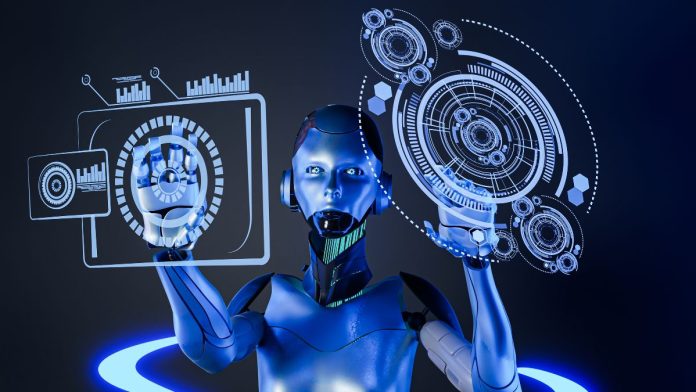
As technology continues its relentless march forward, artificial intelligence (AI) and machine learning (ML) have risen to the forefront, representing crucial areas of innovation and propelling exponential growth in the field. With their application spanning various sectors, the demand for comprehensive AI machine learning courses has surged. So, this article will give you a walkthrough of the latest trends shaping these educational programs, aiming to equip enthusiasts and professionals with the knowledge to make informed decisions.
Contents
- 1 Reason for the Popularity of These Courses
- 2 Trend 1: Integration of Real-World Projects
- 3 Trend 2: Emphasis on Interdisciplinary Learning
- 4 Trend 3: Tailored Paths and Specialisations
- 5 Trend 4: The Rise of Online and Hybrid Learning Models
- 6 Trend 5: Focus on Continuous Learning and Upskilling
- 7 Conclusion
Reason for the Popularity of These Courses
The surge in interest towards artificial intelligence and machine learning (ML) is not unfounded. These technologies are at the forefront of revolutionising industries, from healthcare to finance, by making processes more efficient and unlocking new capabilities. As a result, individuals are increasingly seeking courses that can provide them with the skills needed to navigate and contribute to this dynamic field. Some of the latest trends that interest the learners and are ruling this domain are as follows:
Trend 1: Integration of Real-World Projects
These courses are increasingly incorporating real-world projects into their curricula. This method bridges the gap between theoretical knowledge and practical application. As such, students tackle genuine problems, which aids in understanding the complexities of AI and ML implementations. By engaging with real-world projects, learners significantly improve their preparedness for the workforce. They acquire a hands-on understanding of how to navigate challenges in these technologies. This experience equips students with the skills needed to excel in their future careers.
Trend 2: Emphasis on Interdisciplinary Learning
Interdisciplinary learning emerges as a significant trend, blending AI and ML with ethics, law, and social sciences. This integration prepares learners to understand the broader implications of their technical work, ensuring they are well-equipped to handle deployment’s ethical, legal, and societal aspects.
Trend 3: Tailored Paths and Specialisations
Customisation in these courses offers a personalised educational experience. Learners can select paths that align closely with their interests and career goals. This approach enables students to delve deeply into specific domains, such as deep learning or natural language processing. Individuals can directly align their education with their professional objectives by focusing on tailored paths and specialisations. This strategic approach ensures the skills acquired are relevant and directly applicable to their chosen field. It serves as a link between academic education and professional demands.
Trend 4: The Rise of Online and Hybrid Learning Models
Online learning models have significantly broadened access to AI machine learning courses, breaking geographical and logistical barriers. This flexibility allows learners from various backgrounds to engage with high-quality education on their schedules.
Hybrid models combine the best of both worlds: the convenience of online education with the engagement of in-person sessions. This approach facilitates a mix of self-paced study with interactive, hands-on workshops, offering a more thorough studying experience that accommodates various styles and timetables.
Trend 5: Focus on Continuous Learning and Upskilling
In reaction to the swift progress in AI and ML, courses now emphasise the necessity of continuous learning. This approach ensures that newcomers and seasoned professionals can stay abreast of the latest technologies and methodologies, highlighting the importance of lifelong education in a constantly evolving field. Hence, the design of AI and ML courses has evolved to accommodate a wide range of learners, from beginners to experienced professionals looking to upskill. By offering foundational and advanced content, these courses stress the importance of updating one’s knowledge to remain competitive and proficient in the industry.
Conclusion
From the integration of real-world projects to the emphasis on interdisciplinary learning, tailored educational paths, and the rise of flexible online and hybrid learning models, these trends reflect a deep understanding of the need to adapt AI machine learning courses. By staying informed of these trends and engaging with the latest educational offerings, learners can position themselves at the forefront of technological innovation.
